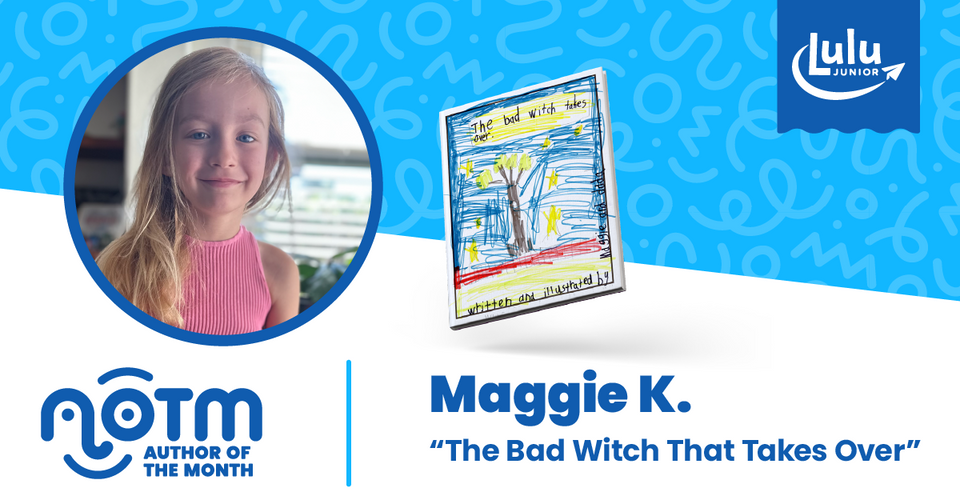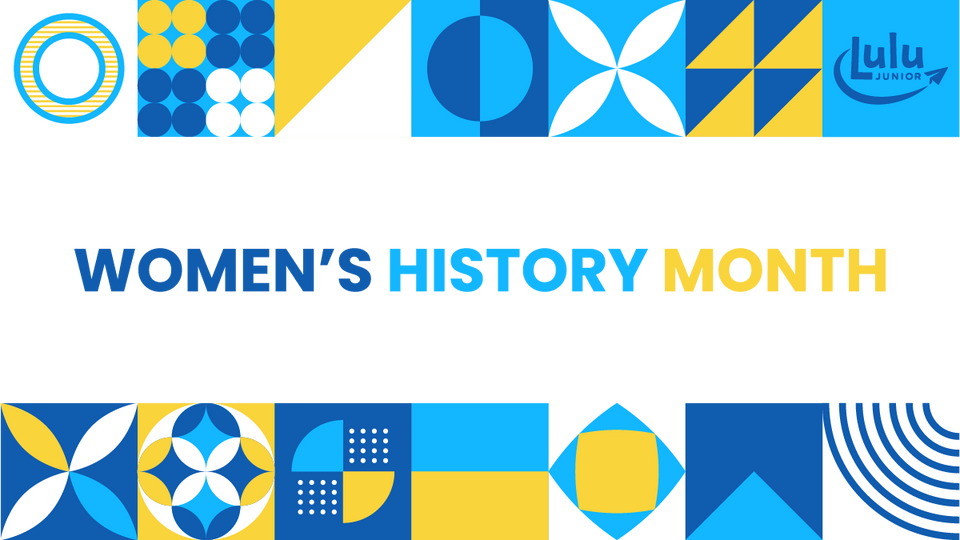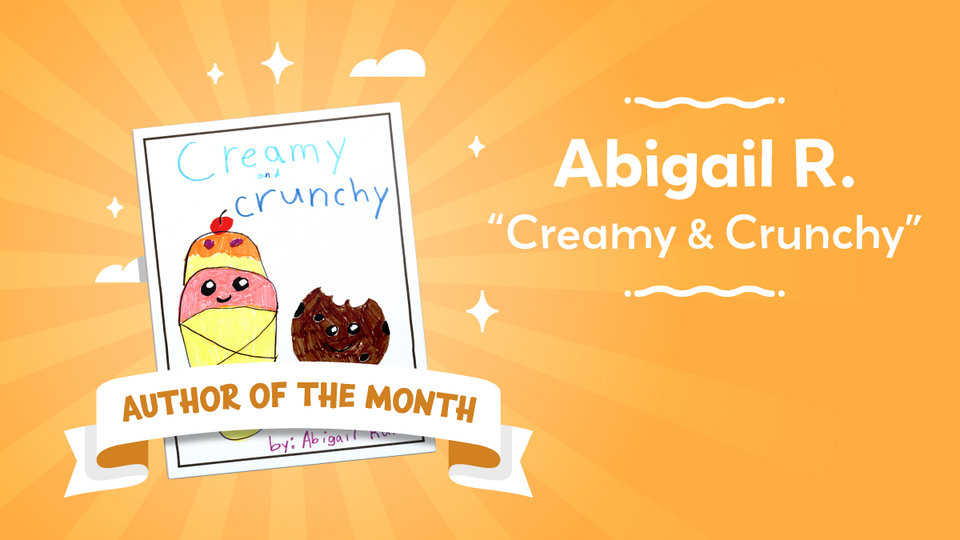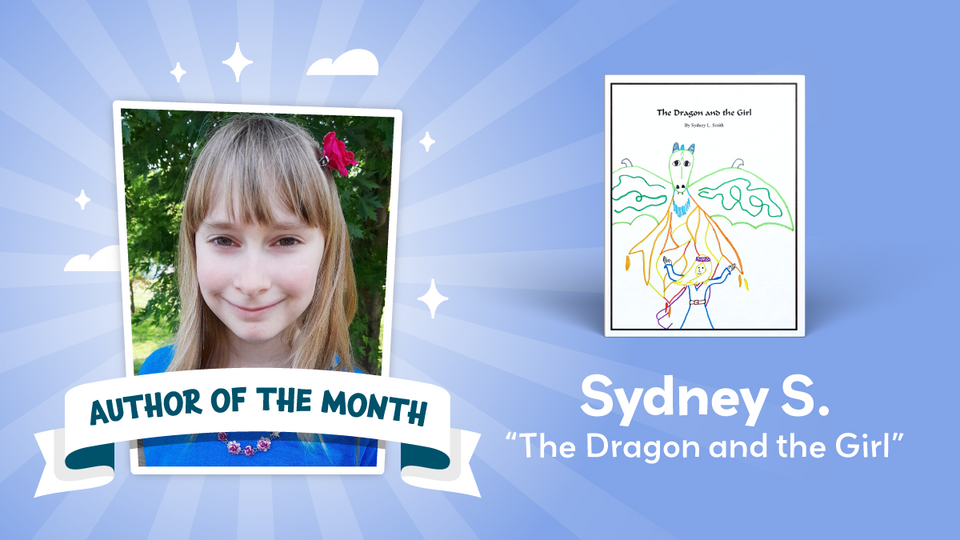
Black History Month: Resources And Readings
February is Black History Month, providing us all an opportunity to reflect on our history and teach the next generation important lessons. This post is a primer for teaching kids about Black History Month. Also included are a few resources and reading you might find useful as you tackle this expansive lesson.
The History
The first step in teaching and learning more about Black History Month is to appreciate the history of this annual event.
Black History Month has its roots in "Negro History Week", which began in 1926, thanks to the work of Carter G. Woodson and the Association for the Study of African American Life and History. Initially, this weeklong event spanned between Abraham Lincoln’s birthday (February 12) and Frederick Douglass’s birthday (February 20).
Woodson, a scholar and author, sought to bring attention to his efforts; to focus the general population on the inequalities people of color face every day.
Woodson’s efforts spread over time, with local leaders around the USA adopting the week between February 12-20 to promote education about Black history.
It wasn’t until 1970, through the efforts of numerous educators and advocates at Kent State University, that Black History Month was celebrated for the first time. In 1976, Black History Month grew into a widely acknowledged event. Since then, it’s grown into an annual event across the nation and around the world.
Resources For More Learning
Thanks to the Internet and a variety of intrepid educators and authors, you can find more resources for studying and learning about Black History Month than ever before. The US Government maintains this web portal for Black History Month with several great links.
It is also important to read the works of great African-American thinkers, leaders, and educators to understand the struggle they’ve experienced. Here’s a (non-comprehensive) list of people to learn from this year.
Martin Luther King Jr.
One of the most well-known figures in the American civil rights movement, King’s famous ‘I Have A Dream’ speech is as important today as it was the day he gave it. Share this incredible speech with your kids during Black History Month to help them understand the context and challenges facing people of color only a generation ago.
W.E.B. Du Bois
Perhaps less well-known outside of academic circles, William Edward Burghardt Du Bois is still a vital figure in the civil rights movement. As a founding member of the National Association for the Advancement of Colored People (NAACP), W.E.B. Du Bois has written extensively on the plight of people of color and the struggle for equality. This NAACP article gives a terrific overview of his life and work.
Chimamanda Ngozi Adichie
Adichie is a world-renowned author and advocate. Educators teach her books (particularly Half A Yellow Sun) to understand moments in African history. Her catalog is a terrific place to start a middle-grade reader learning about the vital writings of Black authors.
Carter G. Woodson
I mentioned Carter G. Woodson earlier, but for most, his name is not as recognizable as it ought to be. A scholar and advocate, Woodson would not live to see the first celebration of Black History Month, but his influence on the civil rights movement is undeniable.
Amanda Gorman
Bursting into the spotlight in 2021, the American poet Amanda Gorman reminds us that the struggle for equality is hardly completed. Her works are moving and immediate, presenting an opportunity to help your kids connect the works of past generations to the present moment.
Other Resources For Parents And Teachers
These resources include educational and teaching tools for parents and teachers to help craft lessons around Black History Month.
- Edutopia’s Black History Month Resources
- The National Education Association activities and guides for teaching Black History for K-12
- The Center For Racial Justice guides and lesson plans for educators and families
- Learning for Justice’s resources for teaching the complete history of Black History Month
- PBS Kids offers resources for celebrating Black leaders
- Many libraries, such as the DC Public Library, are offering virtual events and activities to celebrate the month. Check out your local library!
- We Are Teachers has a great list of activities for the classroom
- The National Museum of African American History & Culture’s Black History Month website focuses on Health & Wellness topics of interest
Additional Reading
Finally, check out these incredible book lists featuring books for all ages by Black authors and creators.
- Lulu Authors in their Own Voices
- Read With Me’s celebration of Black authors
- Bookshop.org’s African-American children’s book list
- PBS Kids’ Children’s Books to Celebrate Black Culture
Closing Thoughts
Black History Month is the perfect opportunity to teach equity and inclusion, but that education shouldn’t be limited to one month per year. Use the resources and authors in this article to help create a diverse curriculum for the entire year.
Black History is ever-changing. This month allows us to acknowledge and learn from the past, but also renew a commitment to learning and growing.





